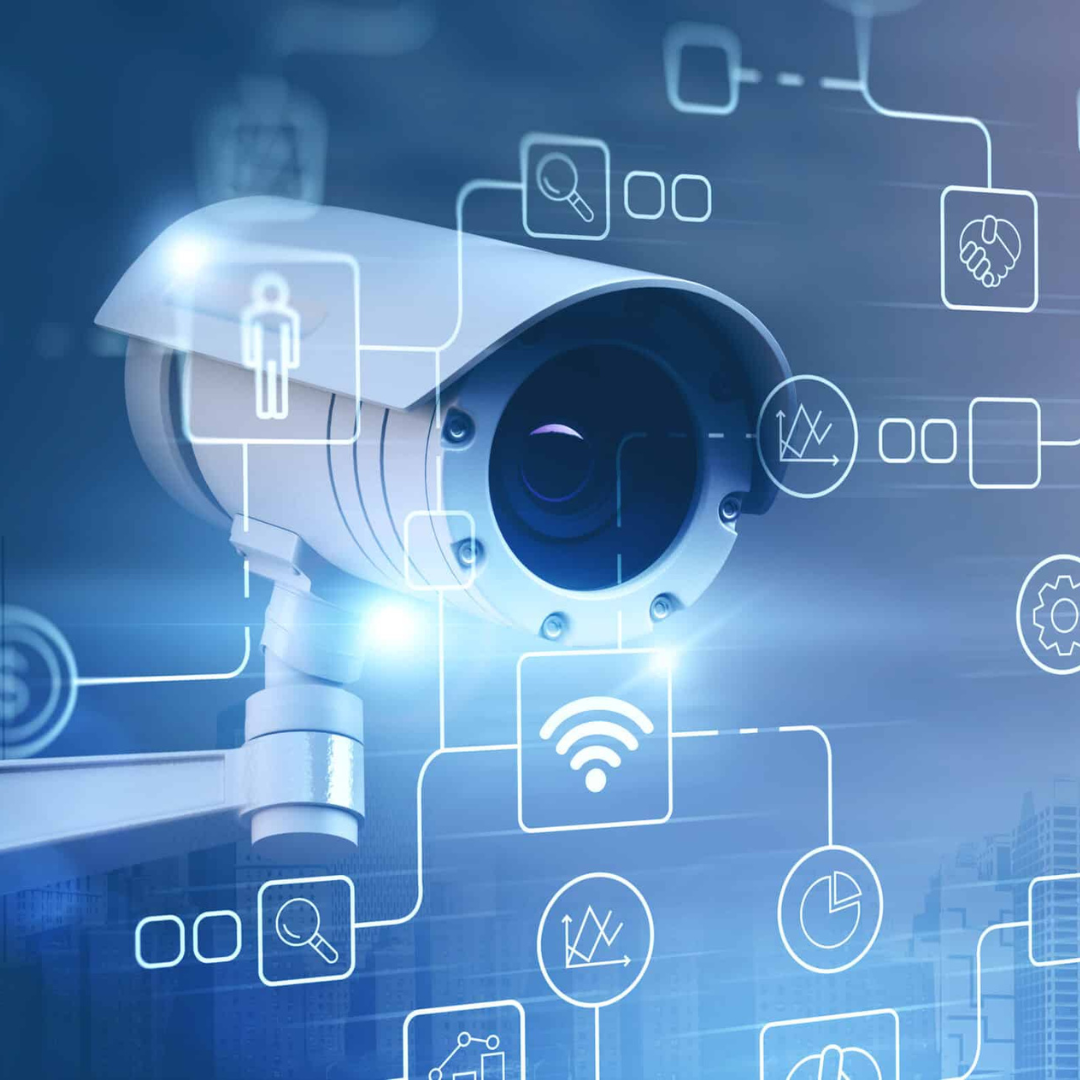Redefining Loss Prevention: Turning Security Data into Business Insights
2024-04-16 19:16:33

Business security has become more than just safeguarding physical assets - it's about leveraging advanced security solutions to gain valuable business insights.
Traditionally, businesses relied on conventional security measures such as guards and locks. However, with the advent of digital technologies, the approach to security has undergone a significant transformation.
Leveraging sophisticated security solutions not only safeguards physical assets but also yields invaluable data insights for enhancing operational efficiency and mitigating risks.
Evolution of Business Security
The landscape of business security has evolved dramatically over the years. Conventional security measures have given way to more sophisticated solutions leveraging cutting-edge technologies. Closed-circuit television (CCTV) systems, once limited to simple video monitoring, have evolved into advanced surveillance platforms discreetly integrated into business premises.
These systems provide comprehensive monitoring capabilities without disrupting day-to-day operations. For example, consider a retail store implementing CCTV cameras not just to deter theft but also to analyse customer foot traffic patterns, helping in optimising store layout and improving customer experience.
Additionally, thermal detection cameras have emerged as vital tools for enhancing security in low-light conditions, detecting heat signatures to identify intruders and unusual activity, bolstering perimeter security and deterring potential threats. In a manufacturing facility, thermal detection cameras can detect unauthorised personnel attempting to access restricted areas, allowing security personnel to respond promptly and prevent security breaches.
Importance of Security Data
Data has become a valuable asset for businesses across various domains, including security. Security solutions generate vast amounts of data containing valuable insights into business operations and potential security threats.
Access control systems regulate entry and exit points within premises, providing valuable data on employee movements and access patterns. By analysing this data, businesses can identify irregularities and potential security breaches, allowing them to take proactive measures to mitigate risks.
Similarly, retail security solutions offer real-time visibility into customer behaviour and store activities, enabling businesses to identify patterns of suspicious behaviour and unauthorised activities and respond swiftly and effectively.
A retail store may use RFID technology to track inventory movement and analyse customer shopping patterns, allowing them to identify instances of theft or inventory shrinkage and take preventive measures.
Harnessing Security Data
Effective data collection and aggregation techniques are crucial for leveraging the full potential of security data. Surveillance systems serve as primary sources of security data, capturing visual and thermal information from business premises. We aggregate and store this data in centralized repositories for real-time access and analysis.
Integration with other business systems allows the correlation of security data with transactional information, providing a comprehensive view of security events and activities.
Analysing Security Data
The analysis of security data is pivotal in identifying and mitigating security risks. Predictive analytics, powered by machine learning algorithms, forecast potential security threats based on historical data and trends.
By analysing patterns and anomalies in security data, predictive analytics can alert businesses to potential security breaches before they occur, enabling them to take preemptive action to mitigate risks.
By analysing access control data, businesses can identify patterns of unauthorised access or suspicious behaviour, allowing them to strengthen security measures and enforce access controls more effectively.
Integration with Business Operations
The integration of security solutions with broader business operations is essential for maximising their impact and effectiveness. By aligning security objectives with business goals, businesses can ensure that security investments contribute to overall business success.
By integrating access control systems with employee time and attendance tracking, businesses can streamline workforce management processes and ensure compliance with security protocols.
Similarly, by integrating CCTV systems with inventory management software, businesses can monitor stock levels and detect instances of theft or shrinkage more effectively, reducing losses and improving profitability.
Conclusion
In conclusion, the integration of advanced security solutions offers businesses a powerful tool for enhancing security and operational efficiency. By leveraging data insights from security solutions, businesses can gain valuable insights into their operations and identify potential security threats. Through effective data collection, aggregation, and analysis techniques, businesses can harness the full potential of security data and take proactive measures to mitigate risks.
By integrating security solutions with broader business operations, businesses can ensure that security investments align with strategic objectives and contribute to long-term success. As businesses continue to navigate an increasingly complex security landscape, the adoption of advanced security solutions will be essential for safeguarding assets, mitigating risks, and driving business growth.


